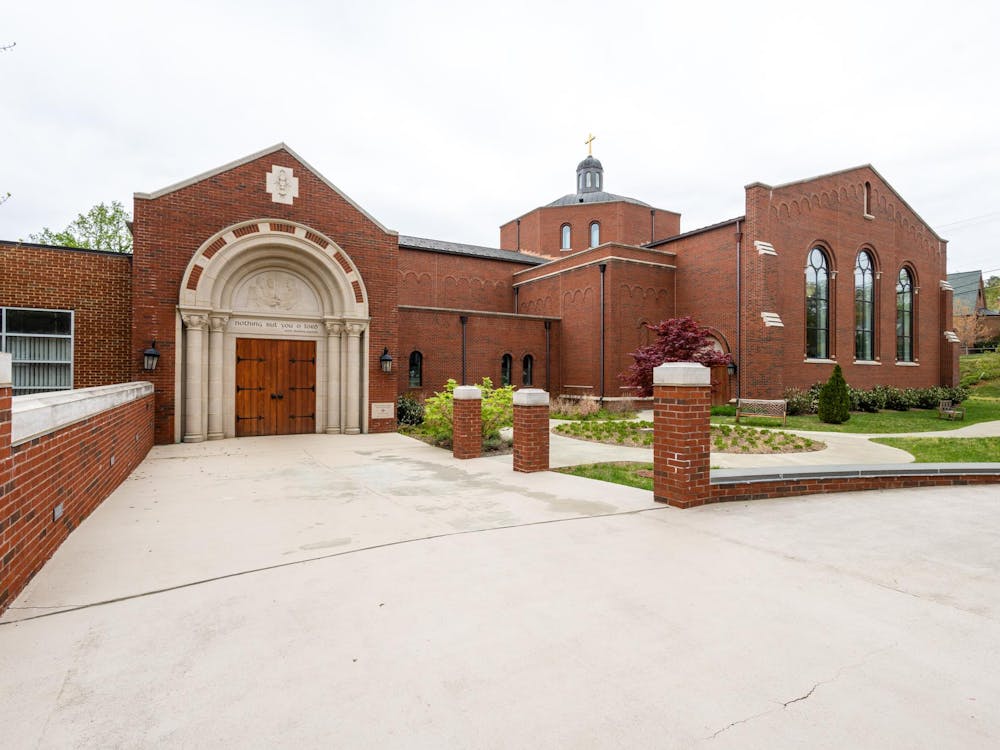The University offered Lawn rooms to 47 rising fourth-years for the 2017-18 academic year Sunday, a tradition which dates back to the University’s founding.
According to the Housing and Residence Life website, living on the Lawn is a great honor, and a highly competitive process.
“Located in Mr. Jefferson's original buildings, these rooms are truly in the center of the University,” the website reads.
Seven Lawn rooms are endowed and reserved by organizations including the Honor Committee and the Jefferson Literary & Debating Society. There are also two memorial rooms. The residents of these rooms are determined via separate processes, and have not been announced yet.
Last year, a calibration committee was put in place for selection of the Lawn residents for the 2016-17 academic year. This committee was created in order to ensure that the Lawn accurately represented University demographics.
If the calibration committee finds that Lawn room selections are not sufficiently representative of the community, recourse can be taken to modify that. However, the committee has yet to be used, and no calibration was performed on selections this year, University Dean of Students Allen Groves said in an email to The Cavalier Daily Monday.
The selections were made entirely by a committee comprised of students, and chaired by current Lawn Senior Resident DeAnza Cook. Cook did not return a request for comment.
According to statistics released by the Office of the Dean of Students, of the 47 selected, 25 are female and 22 are male.
Of the future residents, 31 identify as Caucasian, eight as Asian, seven as African-American, five as Hispanic and four did not specify their race.
In terms of schools, 68 percent of future residents are students in the College, 13 percent are in the Engineering School and 19 percent are in Batten, Curry or Commerce. The three students selected from Batten are also in the College and one of the four selected Curry students is in the College.
The results closely mirror last year’s selections, in which there was the exact same male to female ratio. In 2016, of 47 students initially selected for Lawn rooms, 34 students were Caucasian, seven were African-American, seven were Asian, three were Hispanic and three students of an unspecified race. Approximately 66 percent of the selected students in 2016 were in the College.
Third-year College student Sarah Kenny was one of the 47 applicants who were offered a Lawn room Sunday.
“I’m very honored, very excited,” Kenny said. “I’ve been working this year on a Women’s Leadership Mentoring Program and [I’m] hoping to … use [the Lawn room] as a meeting space for older girls to mentor younger girls at U.Va. — to build them up so that they’re encouraged to take on positions of leadership both on Grounds and after leaving U.Va.”
Kenny said she thought the application process was fair overall.
“They asked about our involvements, about the most substantial impact that we’ve made on U.Va.,” Kenny said. “I didn’t feel like the focus was on who has a 4.0 [GPA], but it was asking about how you’d gotten where you are and really focused on intellectual curiosity.”
Correction: This article's headline originally said the acceptances were released for the 2016-17 school year. It has been updated to reflect that the acceptances are for the 2017-18 school year.







